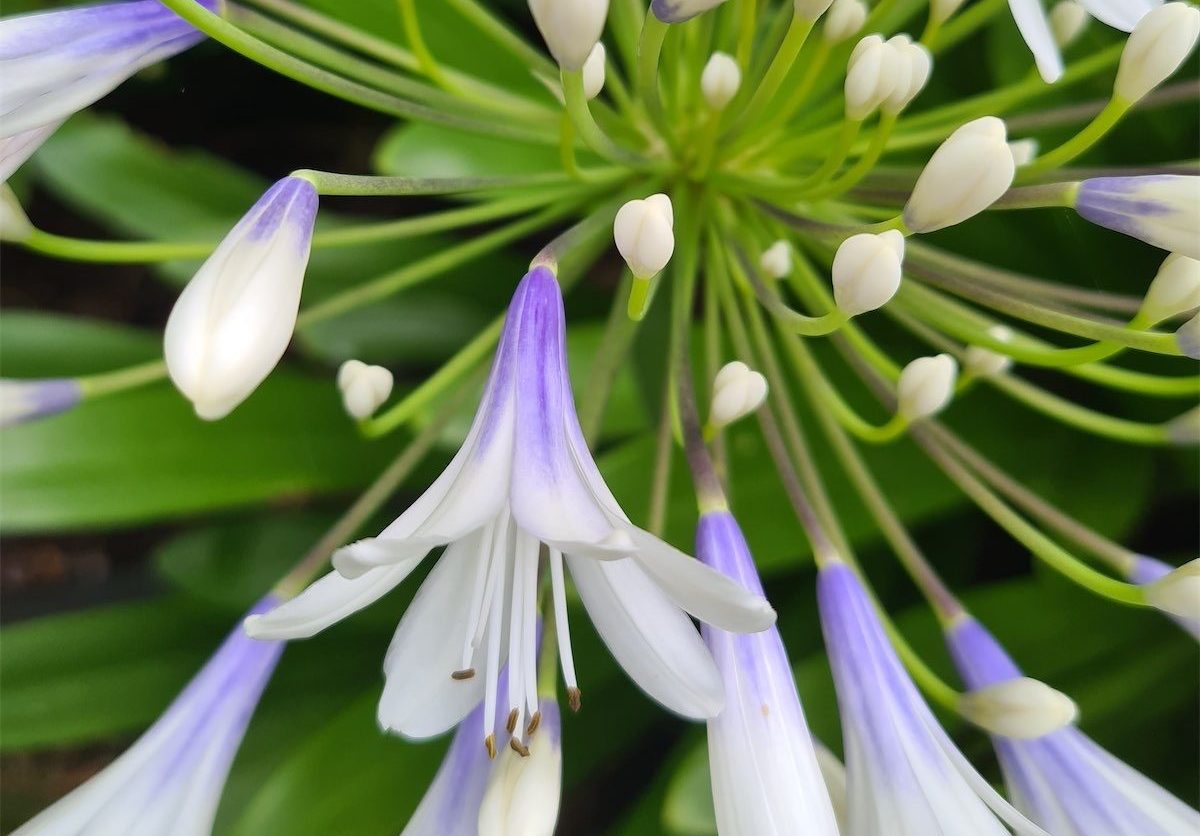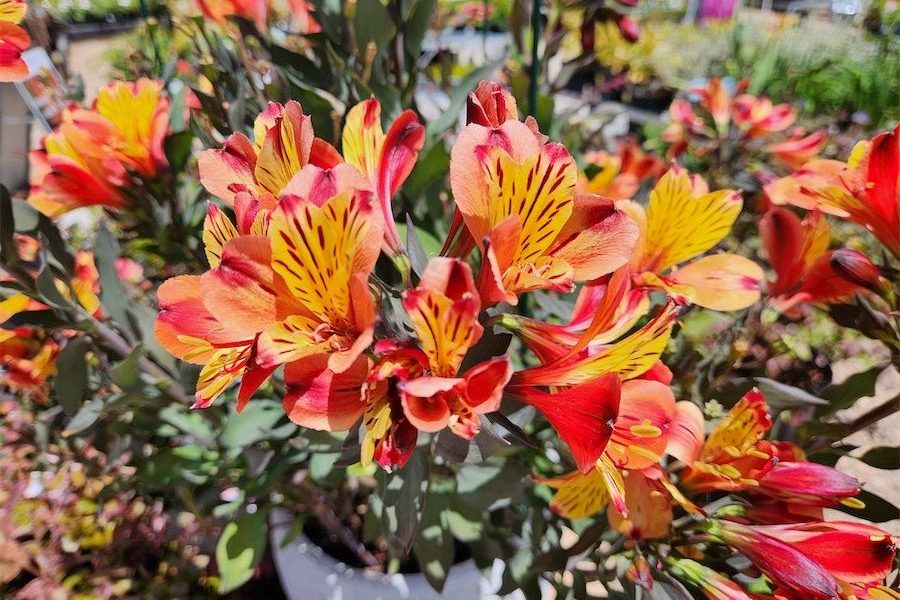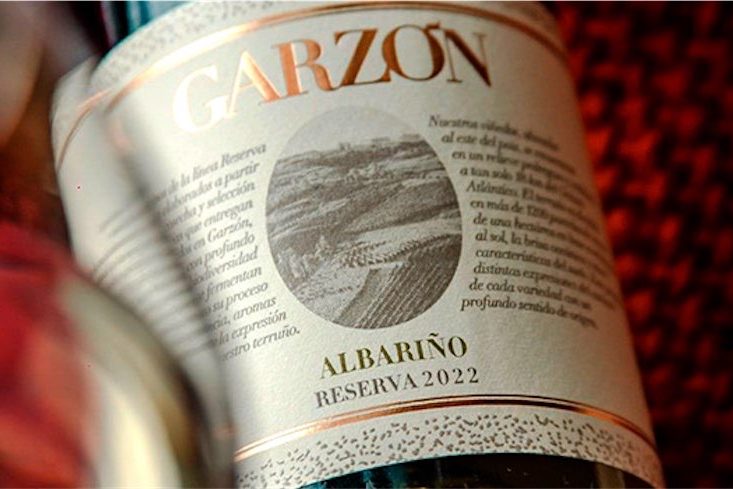
Welcome to the International Year of Millets, a plant that can be grown in our climate now while the weather is warm, says gardening columnist JACKIE WARBURTON..

MILLETS are an ancient grain and therefore free of hybridisation and genetic manipulation. It is one of the seven ancient grains that use much less water than other grains grown such as wheat and rice.
The millet trade around the world is primarily domestic bird food and also an important staple food for some countries as a source of protein, fibre and vitamins.
There’s an Australian millet (panicum decompositum) to try in the garden. It’s also known as papa grass or simply native millet.
It grows fast in the warmer months and also could be planted as a cover crop to keep a section of the garden weed free for summer or grown for food and fodder.
Millet is also beneficial for aviaries, chicken coops and a bonus for wildlife for anyone trying to attract more bird life to the garden.
If planted now, it will be quick to germinate and grass-like shoots should appear in as little as three to four days. It’s important to keep the ground lightly watered for a week or two and kept moist.
Native millet can grow up to a metre high and, 70-90 days after planting, it should be ready for harvesting when the top half of the seed heads have browned. Cut to the base of the stems and place in a dry shaded area out of direct sunlight on a drying rack or tie in a bundle and hang upside down to dry for a week or two.
CREPE myrtle (Lagerstroemia indica) is a tough shrub or small tree suitable for colour and shade in a small garden or courtyard in summer. They show lovely colour in their foliage in autumn and their decorative bark exposed in the winter is a real bonus.
Flowers can range in colour from white to dark red, and hot pink, too. They flower from midsummer and through to autumn, generally on new growth, so the harder they’re pruned in winter, the more prolific they flowers are.
Recently, a new range was released called “Diamonds in the Dark”. It grows to three metres if left unpruned.
It makes a great feature tree with its deep-plum or near-black foliage with striking vivid blooms.
THE vegetable patch will need to be kept watered through the hotter months. Watering the ground, not the leaves, in the cool of the day will be beneficial for the plants.
Sowing of brassicas such as broccoli, cabbages and cauliflowers can be done now into punnets of seed-raising mix for autumn planting. It’s also worth trying direct sowing of carrots, leeks and lettuce. Keep them moist but not wet and once the seed has germinated, cover them lightly with mulch.

A PLANT that’s been through extensive breeding programs over the past few years is the humble agapanthus.
Old varieties can be considered old fashioned, but new breeding brings new varieties that have been bred to be disease resistant, drought and frost tolerant and, most important, sterile as well.
The flower colours have also improved from the standard blue or white to beautiful dual colours in the extra-large flowers such as “Queen Mum” (Agapanthus orientalis).
This variety grows up to 1.5 metres and repeats flowering if dead headed regularly. Using agapanthus as a low-growing, no-prune barrier is an excellent alternative to a low-growing hedge. New varieties are suitable for pots in a sunny area where very little will grow.
Who can be trusted?
In a world of spin and confusion, there’s never been a more important time to support independent journalism in Canberra.
If you trust our work online and want to enforce the power of independent voices, I invite you to make a small contribution.
Every dollar of support is invested back into our journalism to help keep citynews.com.au strong and free.
Thank you,
Ian Meikle, editor





Leave a Reply